Ladakh is beautiful no matter when you visit — but each season gives you a different kind of magic. In summer, the skies are bright blue, the roads are open, and you can explore lakes, valleys, and high mountain passes with ease. This is the best time to visit Ladakh, as the weather is pleasant and all major attractions are accessible. In winter, everything slows down, the mountains wear a thick white coat of snow, and frozen rivers turn into adventure trails — offering a quieter, snow-filled experience that’s perfect for those who love solitude and winter beauty.
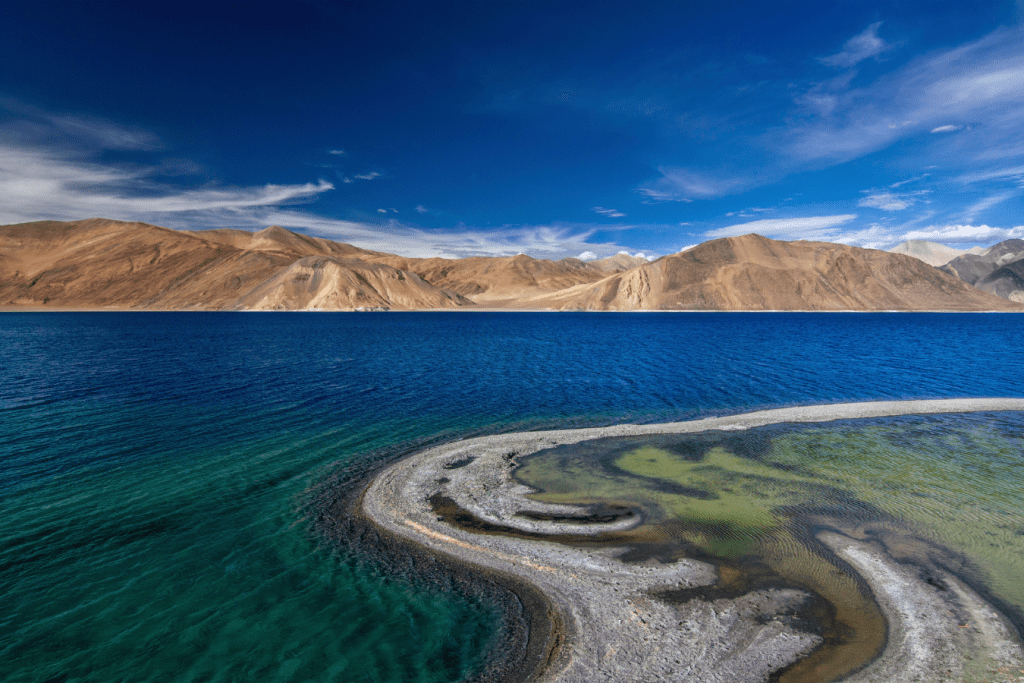
So, what’s the best time to visit Ladakh? That depends on what kind of traveler you are. Do you love sunshine and road trips? Or are you someone who dreams of snow and quiet?
To help you plan the perfect trip, here’s a simple guide to what Ladakh is like in each season — including weather, temperature, and top things to do.
What’s the Best Time for You?
| Season | Best For | Temperature Range |
| May–Sep | Sightseeing, lakes, road trips, festivals | 15°C to 25°C (day), 5°C to 10°C (night) |
| Oct–Apr | Snow, quiet trips, Chadar Trek | 5°C to -25°C depending on month |
| April/October | Transition seasons, fewer crowds | -2°C to 15°C |
May to September: The Best Time to Explore Ladakh
Ladakh is open and alive during the summer months — from May to September. This is when the region shines its brightest, with sunny days, clear skies, and most roads open for travel. It’s the perfect time for those who want to experience Ladakh’s natural beauty, adventure, and culture all in one trip.
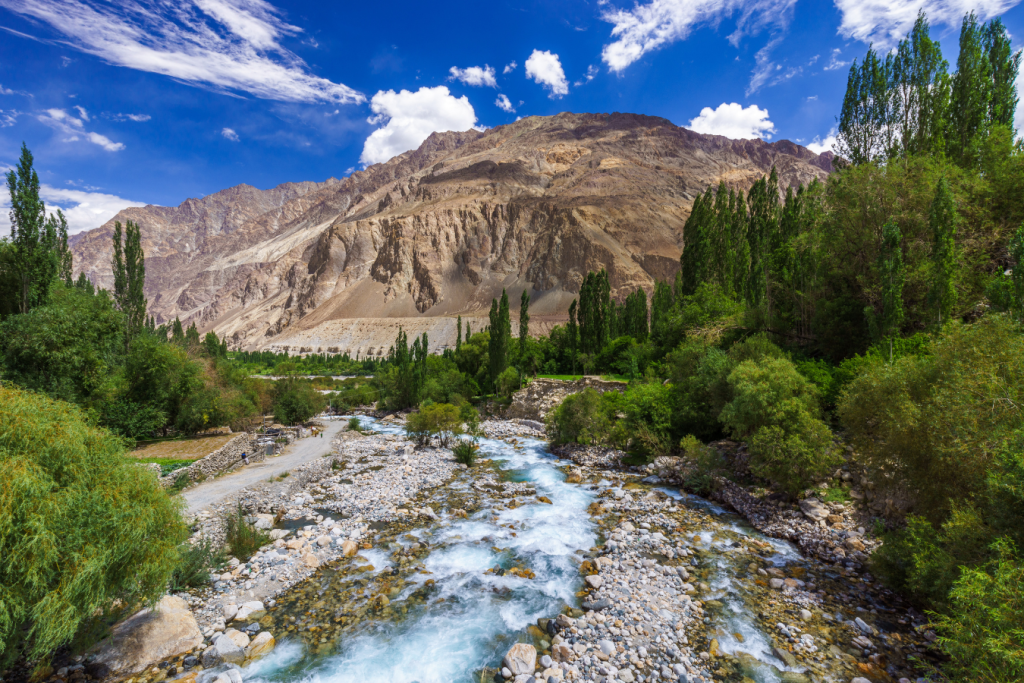
Weather and Temperature:
- Daytime: 15°C to 25°C
- Nighttime: 5°C to 10°C
The weather is just right — warm enough to explore comfortably during the day, and cool at night for stargazing or resting in your camp.
Why Visit in These Months?
To begin with, all major roads and mountain passes — like those to Pangong Lake, Nubra Valley, Khardung La, and Tso Moriri — are open and safe for travel. The scenery is stunning, with blooming valleys, snow-capped peaks, and rivers flowing gently across the land.
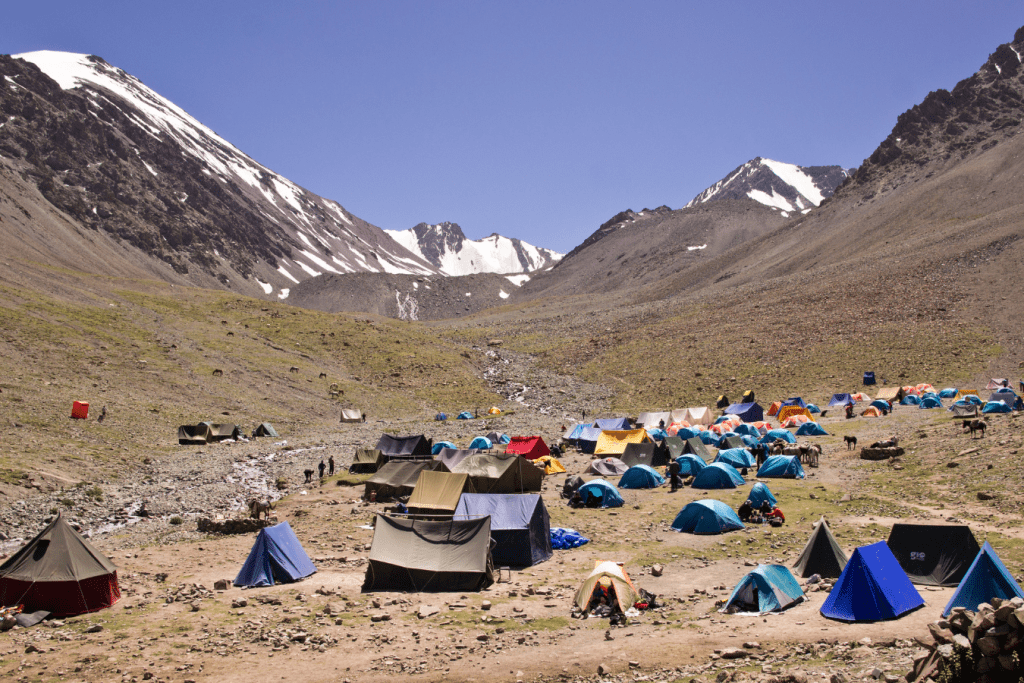
In addition, summer is the best time for outdoor activities like:
- Trekking through mountain trails
- Camping near clear blue lakes
- Biking over high passes
- Or just enjoying a slow, scenic drive
Culture and Festivals
Another reason to visit during this season is the chance to see Ladakhi culture up close. The famous Hemis Festival, held in June or July, brings music, dancing, and colorful ceremonies to life. Monks wear traditional masks and perform spiritual dances — a must-see event for anyone interested in local traditions.
A Taste of Ladakh
This is also a great time to try Ladakh’s mountain food. A warm bowl of Thukpa (noodle soup) is perfect after a long day of travel. You’ll also find momos (steamed dumplings) and butter tea, which are local favorites and full of flavor.
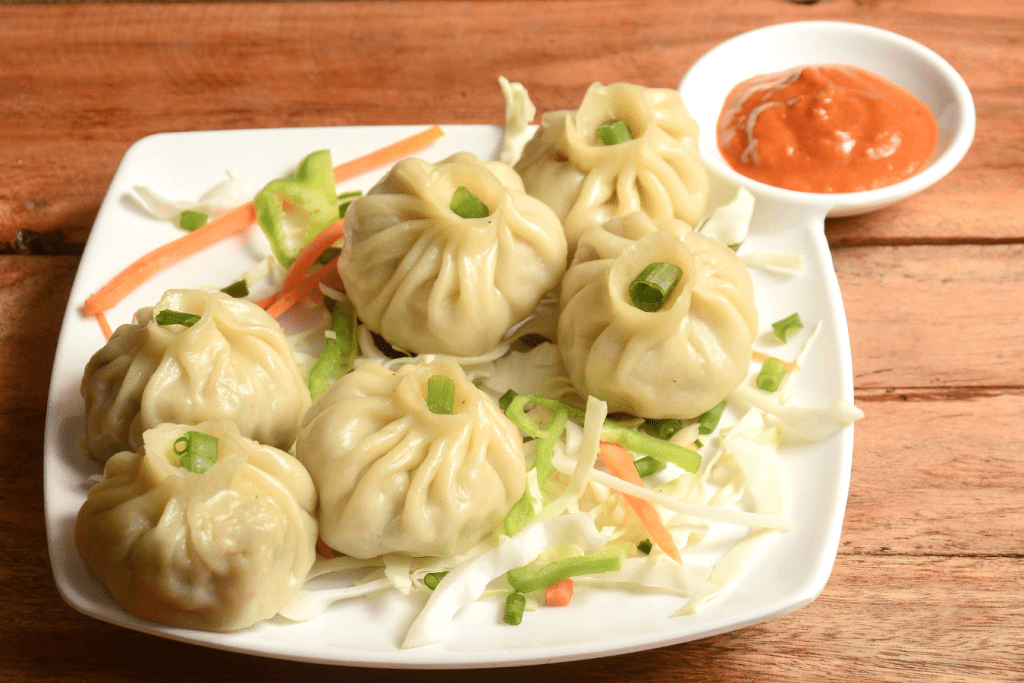
Clear Skies for Stargazing
Lastly, this season offers amazing stargazing. Thanks to the high altitude and lack of city lights, places like Hanle and Pangong let you see a sky full of stars, planets, and even the Milky Way.
October to April: Cold, Quiet, and Snowy
If you’re looking for peace, snow-covered landscapes, and a different side of Ladakh, then visiting between October and April might be for you. During these months, Ladakh turns into a cold desert blanketed in white — silent, still, and breathtakingly beautiful.
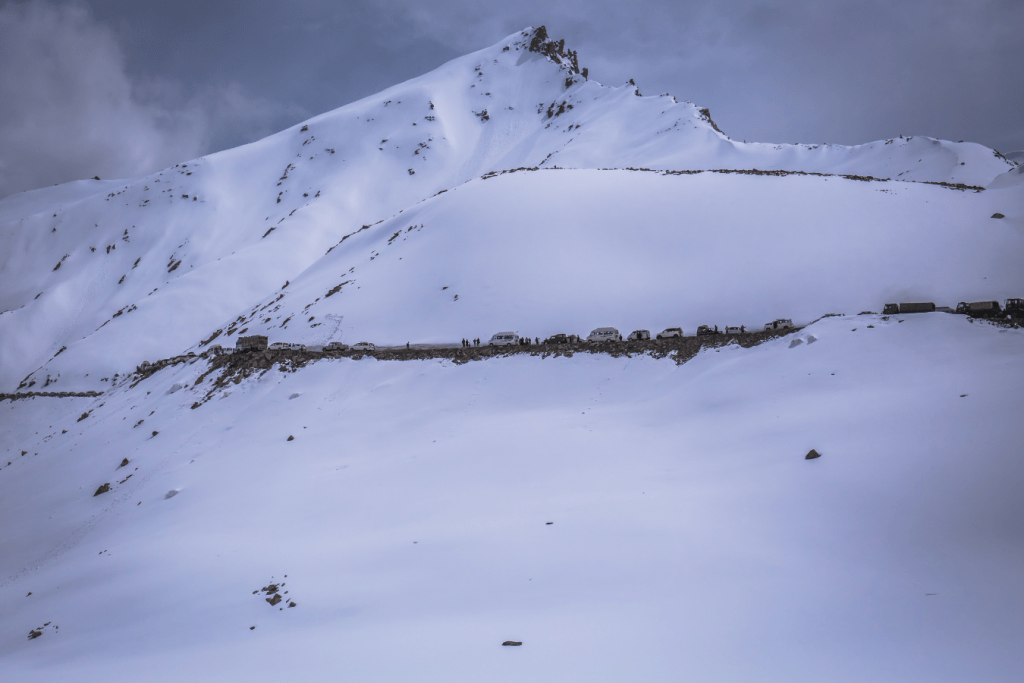
Weather and Temperature:
- October: 5°C to 15°C (day), -5°C to 0°C (night)
- Winter (Dec–Feb): -10°C to -25°C
As the temperature drops, the region becomes very cold — especially in December, January, and February. However, for those who love winter and are ready for the cold, the experience can be unforgettable.
Why Visit During This Season?
Despite being the off-season, there are still many reasons to visit:
- Snowy Landscapes: Mountains, roads, and rooftops are all covered in snow, creating a peaceful, magical view everywhere you look.
- Chadar Trek: In January and February, brave trekkers can walk across the frozen Zanskar River, one of the most thrilling and unique winter treks in the world.
- Peace and Solitude: There are very few tourists, so you can enjoy Ladakh’s monasteries and villages in complete peace.
- Photography: The snow, frozen rivers, and dramatic skies offer amazing opportunities for winter photography.
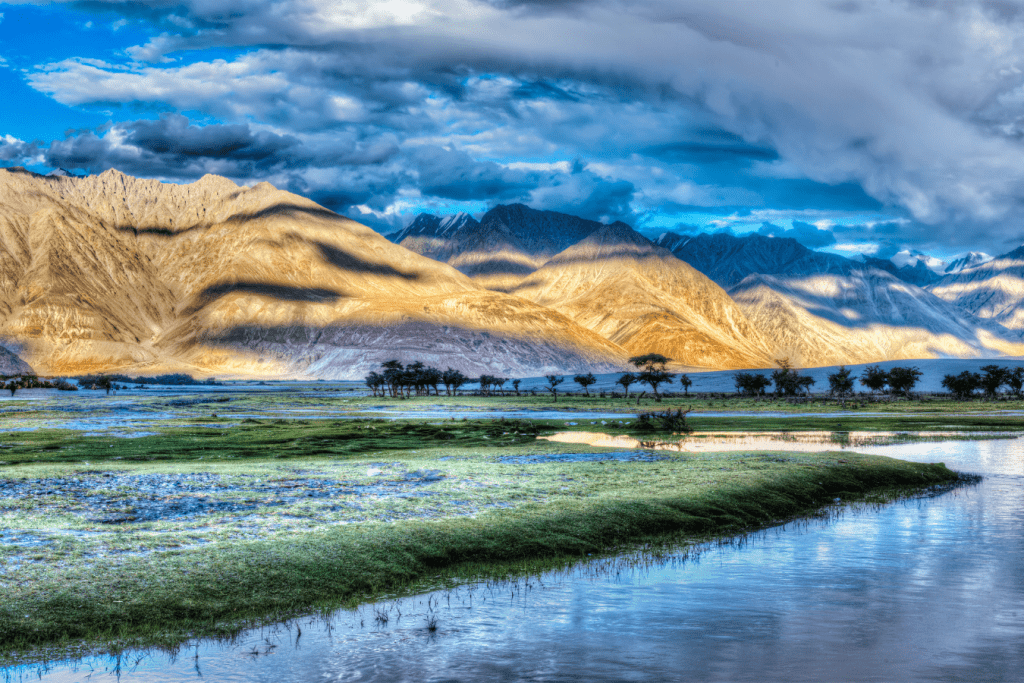
Important Things to Know
While winter in Ladakh is beautiful, it also comes with challenges:
- Many roads close due to snow, including those to Pangong Lake, Nubra Valley, and Tso Moriri.
- Hotels and restaurants in remote areas often shut down. In Leh, only basic guesthouses or homestays with heating stay open.
- Travel requires preparation — including warm clothes, dry food, and being ready for limited services.
April & October: The Changing Seasons
If you want to see Ladakh during a quieter and more peaceful time, April and October are great months to visit. These are the transition months, when the weather shifts between the extremes of summer and winter.
Weather and Temperature:
- April: 8°C to 15°C (day), -2°C to 5°C (night)
- October: Similar to April, but often a little colder, especially at night
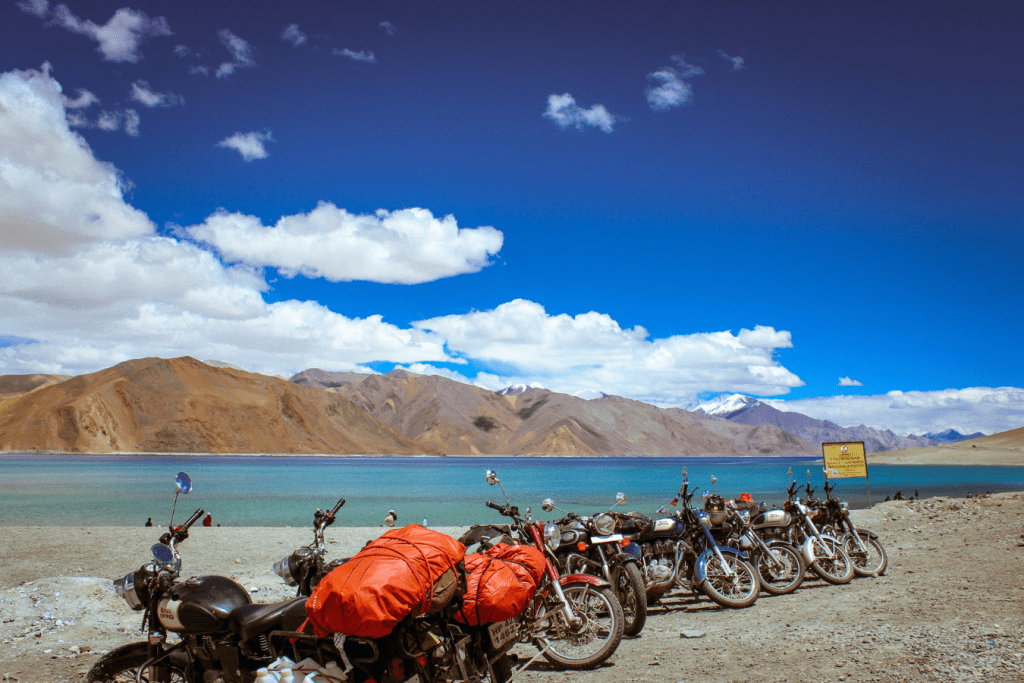
In April, the snow begins to melt, rivers start flowing again, and the days get longer. In October, the early snowfall begins to return, and the landscape turns golden with autumn colors.
Why Visit During These Months?
- Fewer Crowds: These months are less busy than the summer season, so you can explore at a slower, more relaxed pace.
- Lower Costs: With fewer tourists, hotels and transport are more budget-friendly.
- Beautiful Landscapes:
- April: Great for snow lovers who still want to enjoy some winter views without the extreme cold
- October: Offers crisp mountain air, golden trees, and early snow dusting the peaks
- April: Great for snow lovers who still want to enjoy some winter views without the extreme cold
- Photography and Peace: With clear skies and fewer people, it’s a great time for quiet reflection, photography, and enjoying the natural beauty.
Things to Keep in Mind
However, weather during these months can be unpredictable. Some roads — especially to Pangong Lake, Nubra Valley, or remote villages — might not be fully open, especially in early April or late October.
In short, April and October are perfect for those who want a little bit of everything — some snow, some sunshine, fewer crowds, and a more personal connection to Ladakh’s changing seasons.
Conclusion
Whether you’re chasing sunshine or snowfall, Ladakh has something magical to offer in every season. So, the best time to visit Ladakh really depends on the kind of experience you’re looking for — be it summer adventures or peaceful winter landscapes.
If you enjoy clear skies, vibrant festivals, and open roads, then May to September is perfect. You’ll be able to explore lakes, valleys, and mountain passes in comfort, with lots of opportunities for adventure and culture.
But if you prefer quiet, snow-covered landscapes and don’t mind the cold, then winter gives you a chance to see a completely different side of Ladakh — peaceful, raw, and unforgettable.
April and October offer a bit of both worlds. These transition months are great for travelers who want to avoid the crowds, save on costs, and still experience some snow or blooming beauty.
Also, no matter when you go, Ladakh’s charm is not just in its landscapes, but in its people, food, and deep sense of peace.